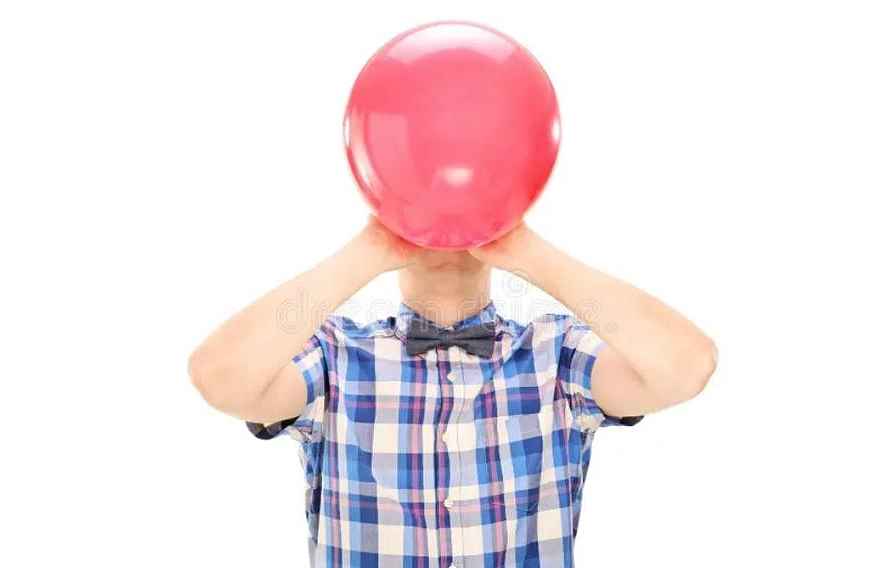






See listing of Recent and Most Popular articles on the Home Page
Health & Wellness
Category: Health & Wellness / Topics: Optimal Aging • Wellness
Strength Training for the Lungs
by Madeleine Howell / The Telegraph
Posted: July 29, 2023
Why heavy breathing could be a shortcut to improving your health…
Following is an excerpt of an article that appeared on The Telergraph in April 2019. A link to the full article will be found at the bottom of the page.
Do you need to strengthen the muscles you breathe with? According to recent research, the answer is a resounding yes. Just five minutes of “strength training” for the lungs could improve everything from heart health to your memory – and it could even be a more effective tool for lowering blood pressure than aerobic exercise.
In April 2019, the preliminary results of a clinical trial of 50 subjects trying a breath workout known as “Inspiratory Muscle Strength Training” (IMT) were presented by the University of Colorado at Boulder. They showed that as well as boosting brain function and breathing new life into athletic performance, breath resistance training can improve artery function and reduce the risk of heart attack.
And all without having to get changed for the gym.
How do you 'lift weights' for your lungs? The answer is a hand-held device known as an 'inspiratory muscle training device'. You hold it to your mouth and it provides resistance to airflow, making you breathe in and out with more force. The sensation has been described as “sucking hard through a straw which sucks back”.
The novel gadget was developed in the 1980’s and used for low-resistance, daily 30 minute sessions to improve the lung capacity of people with lung diseases or asthma.
More recently, there have been experiments in heavier weight 'lung lifting'. In 2016, the University of Arizona trialled it to find out if 30 inhalations a day with greater resistance might help sufferers of obstructive sleep apnea (snoring, to you and me), who tend to have weak breathing muscles.
The results were more than promising: not only did the participants enjoy a more restful sleep, but after six weeks, they noticed a few unexpected side effects. These included performing better on cognitive and memory tests – and, perhaps most significantly of all, their systolic blood pressure plummeted by 12 millimeters of mercury.
For context, that’s twice as much of a decrease in blood pressure that can be achieved via aerobic exercise, and far more effective than some medicines.
Systolic blood pressure creeps up as we age and as the arteries stiffen, and is associated with a risk of heart attack, cognitive decline and kidney damage (for the record, systolic blood pressure, is pressure in your blood vessels when your heart beats, whereas diastolic blood pressure, measures the pressure in your blood vessels when your heart rests between beats). Anyway, aerobic exercise is one way to decrease it – but few of us do enough.
In 2018, research led by the London School of Economics and Political Science, found that exercise programmes, such as walking, jogging, or gym sessions, were often more effective at lowering blood pressure than medicines and drugs.
Running, walking, cycling, swimming and strength training are particularly effective – but for those of us who break out in a cold sweat at the very idea of physical exertion, IMT could be a solution to high blood pressure. It's a positive cycle, too, because in turn, breath training should also make aerobic exercise easier in the first place.
And IMT appears to be easy to keep up: participants of the study were able to stick to their regime (fewer than 10 per cent of study participants dropped out, which is seen to be “high compliance rate”.)
, , , ,
Even if you’re not sold on the idea of IMT, or balloons for that matter, how do you know you’re breathing well in general?
“Compared to ‘emergency’ chest breathing, which is characterised by the upward and outward movement of the chest, deep abdominal breathing uses the large dome-shaped muscle under the lungs (the diaphragm) and is a more efficient way of getting air into the lungs,” says Dr Jet Khasriya, an NHS-registered, private GP for the UK’s first doctor-on-demand app GPDQ.
Dr Khasriya suggests the following simple technique for better, more mindful diaphragmatic breathing, and for checking whether it’s your chest or your diaphragm muscles doing the work: “Lie on your bed with a pillow under your knees. Put a hand on your chest and the other on your abdomen. Try to keep your chest still while using your abdomen to bring air in and out of your lungs. You shouldn’t notice much movement in the hand on your chest but you should notice it on the hand which is on your tummy.
“As you get used to the muscles involved in abdominal breathing, you will be able to utilise it effectively in your every day life.” He adds that diaphragmatic breathing is also more relaxing, and can help to diminish stress – which has also been linked to heart attacks and strokes.
"Many people, particularly asthmatics or people under stress, tend to be 'apical breathers' – breathing with the tops of their lungs, and never really using all of their lungs," adds Dr Dane Vishnubala. "Working with a respiratory physiotherapist or practicing yoga be helpful to improve this. Initially you will have to focus on ‘breathing properly’ but it soon becomes second nature."
So, whatever you make of the idea of “Inspiratory Muscle Strength Training” – just don’t forget to breathe.
Read the full article on The Telegraph, with adidtonal resources.
Search all articles by Madeleine Howell
Posted: July 29, 2023 Accessed 291 times
![]() Go to the list of most recent Health & Wellness Articles
Go to the list of most recent Health & Wellness Articles
![]() Search Health & Wellness (You can expand the search to the entire site)
Search Health & Wellness (You can expand the search to the entire site)
![]() Go to the list of Most Recent and Most Popular Articles across the site (Home Page)
Go to the list of Most Recent and Most Popular Articles across the site (Home Page)
 Loading requested view...
Loading requested view...